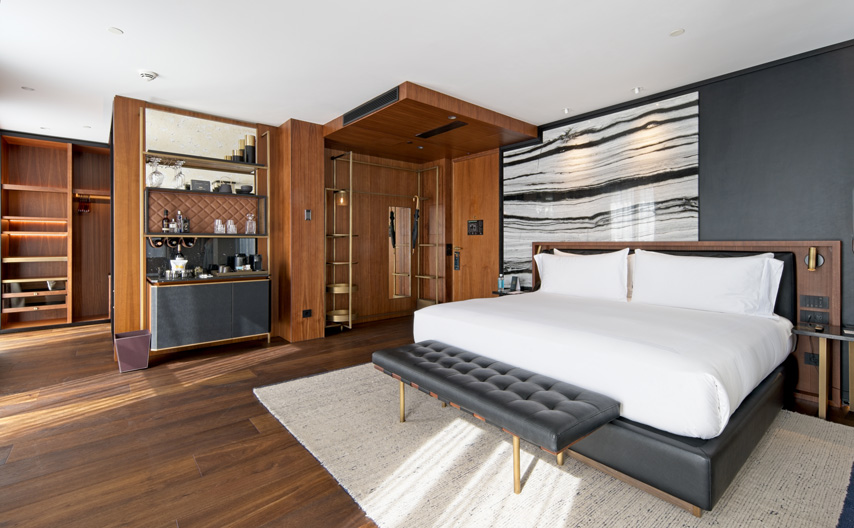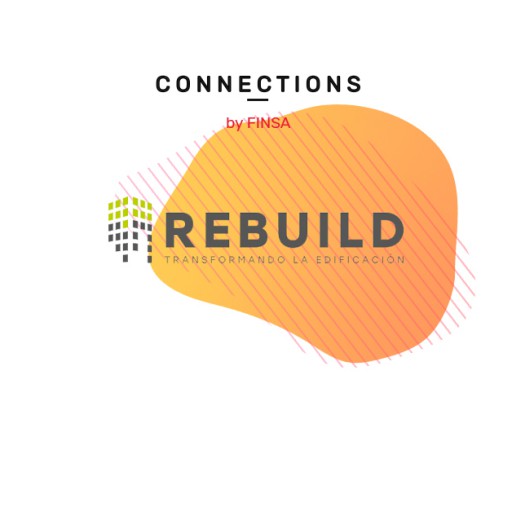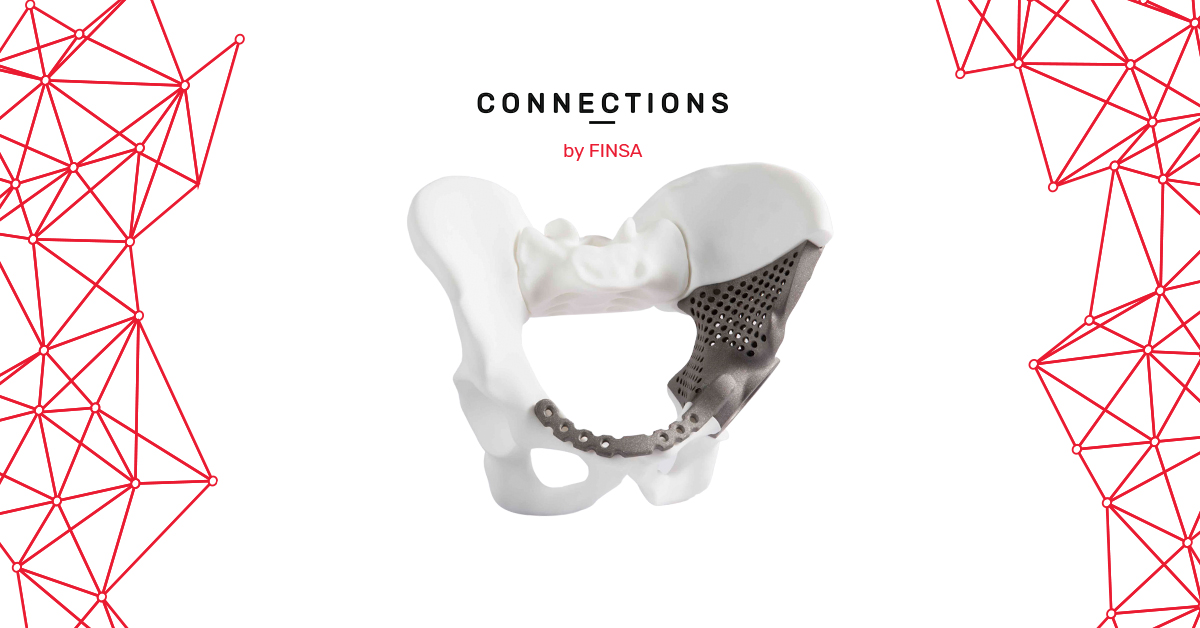In the hospitality industry, new challenges are being faced through issues such as the new concept of luxury or designs that increasingly require greater flexibility. Here at Connections by Finsa, we have asked three leading studios the three main questions that the sector is addressing.
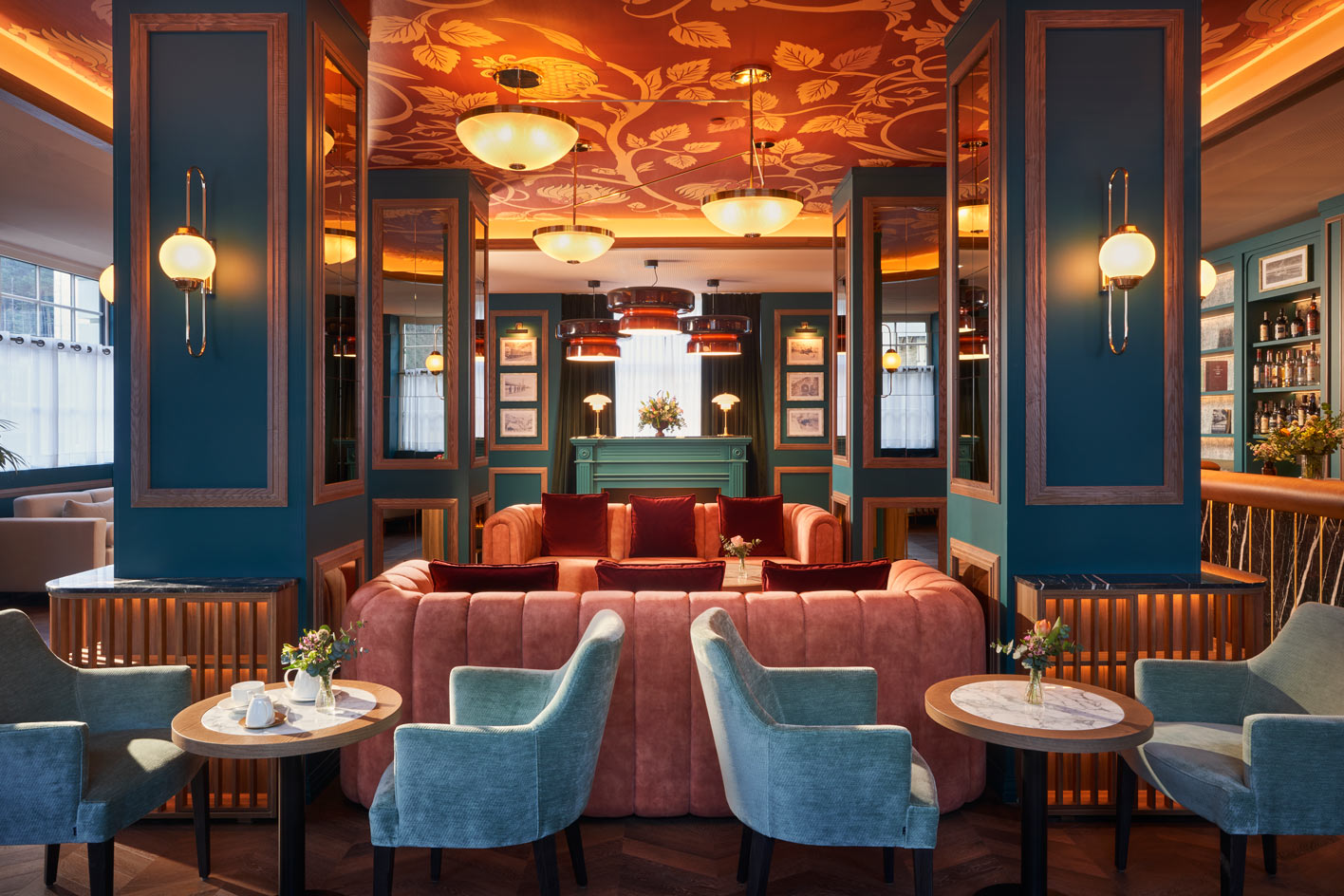
What sets a luxury boutique hotel apart from other categories of hospitality?
Andrea Spada and Michele Corbani from Ilmiodesign: Beyond taking care of the guest and making them feel at home, we would say it’s the personality of the space. The architecture and interior design should align with a concept that gives it its own soul, where each element has an intention.
Gema Alfaro from Alfaro Manrique Atelier: Luxury is the exclusive 360º experience, distinct from generic commodities. It requires a highly tailored conceptualization, where you iterate variations of that same idea in the project. This 360º experience involves being able to influence aspects such as the customer journey or even the uniforms they will wear, and support that service from the design stage.
Penélope Tena from López y Tena Arquitectos: Attention to detail, the conscious use of each piece, and the careful selection of materials, considering the use of noble materials in certain areas. It also distinguishes itself through a limited number of unique and non-standardized rooms.
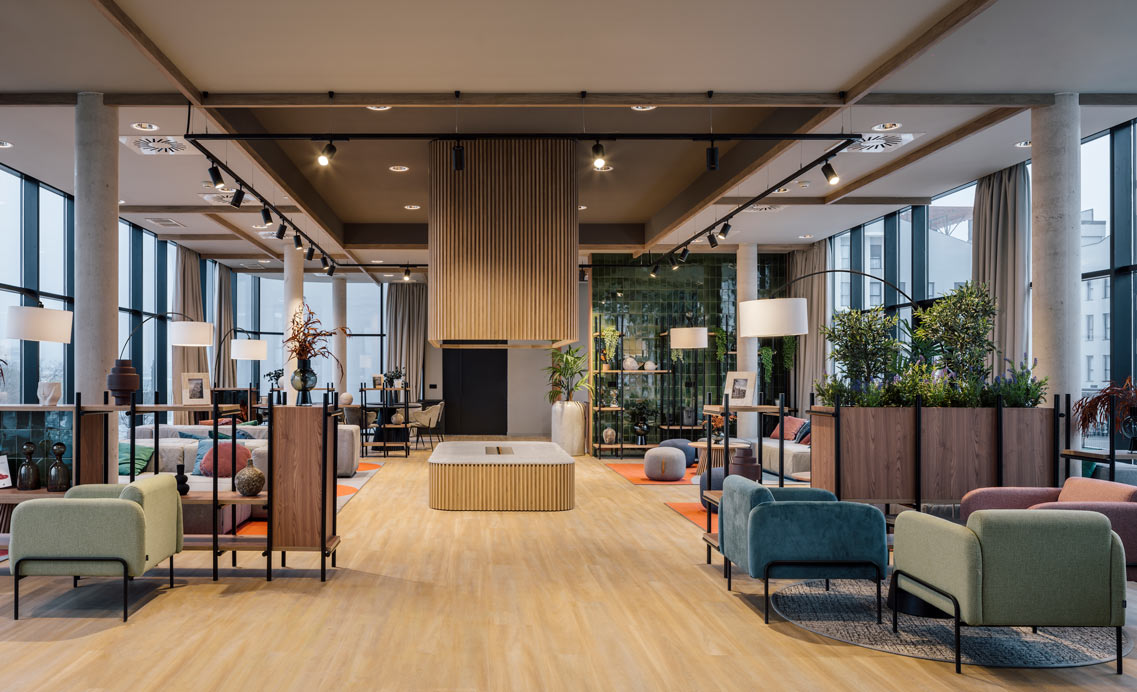
What do you consider the most relevant and essential aspects in the design of a hospitality space?
Andrea Spada and Michele Corbani from Ilmiodesign: Materials, furniture, and lighting will give the space its own distinctive personality. The goal is to create a complete, satisfying, and enriching experience for the guest. All these factors, among others, are what will determine whether a guest decides to return to an establishment or not.
Penélope Tena from López y Tena Arquitectos: We have to create attractive, well-lit, and intuitive spaces and optimize the relationships between cost, quality, efficiency, and time. Architecture and interior design must be well integrated to highlight the potential of the spaces. Attention should also be given to the study of Front of House (FOH) and Back of House (BOH) flows, and coordination with operational teams is essential from the beginning of the design process.
Gema Alfaro from Alfaro Manrique Atelier: Tenant usability, the lifespan of the structure, and the use of materials for the high requirements that these assets undergo. Of course, the client’s own premises and objectives are also important.
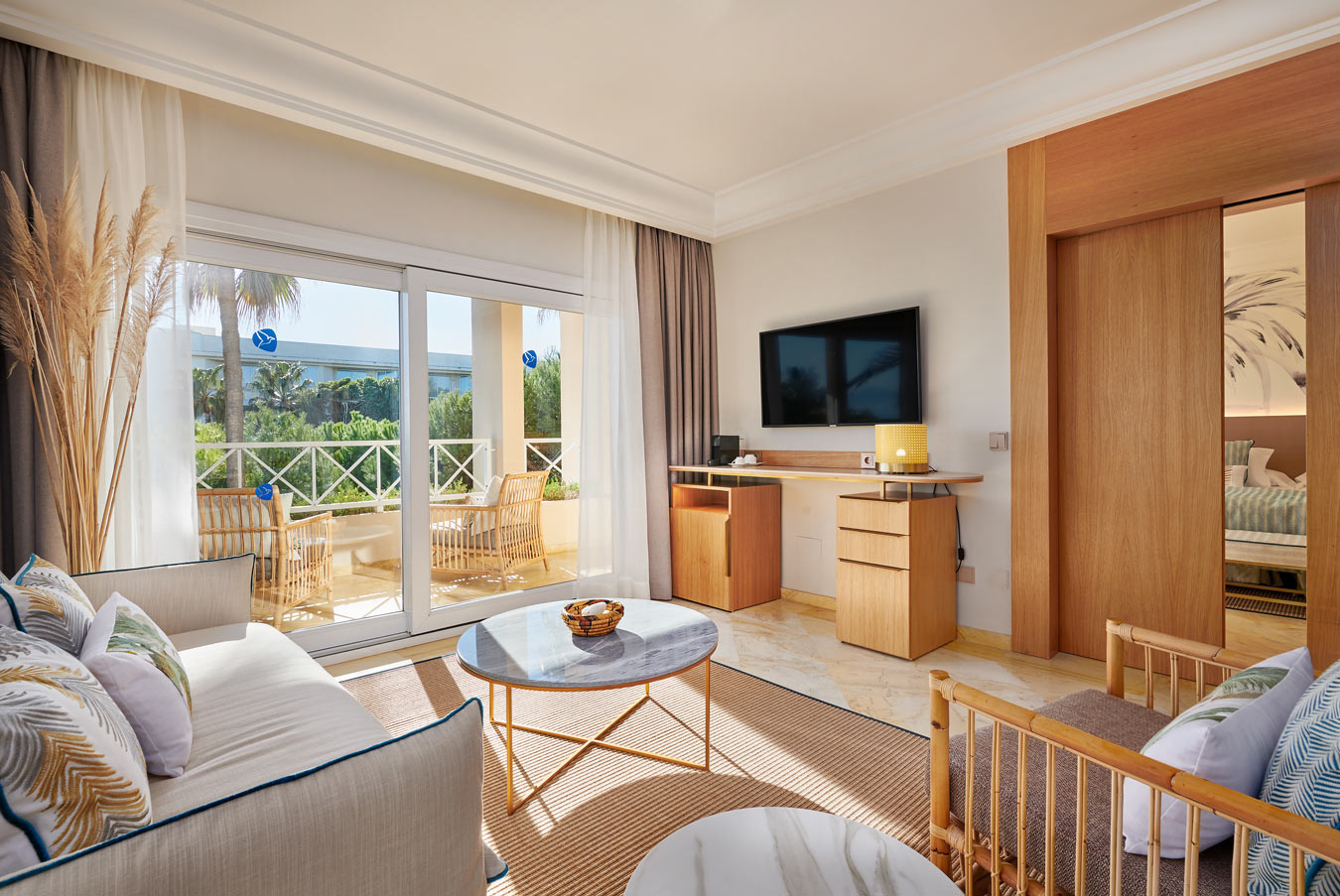
What are the current trends in hospitality?
Andrea Spada and Michele Corbani from Ilmiodesign: Our clients are asking for comfortable, welcoming spaces that make them feel even better than at home. Bold hotel establishments want to surprise more and more by offering all kinds of details to make the experience complete while allowing them to stand out.
Gema Alfaro from Alfaro Manrique Atelier: Exclusivity, without a doubt. Well-being is sought through more emotional and biophilic design, based on WELL. There is also a focus on the connection with the place, not only in terms of the environment and landscape but everything surrounding it: the neighborhood, location, and the building where the hotel is located. Projects that endure and leave an impact on the tourist’s memory are in demand.
Penélope Tena from López y Tena Arquitectos: Differentiation and finding a unique identity, whether it’s through color schemes, equipment, or other means. Each brand has to seek its own signature, recognizable at a glance. We also point out an offering of experiences and services, higher quality interiors, noble materials with applied technology, and ultimately, more efficient and sustainable hotels.
